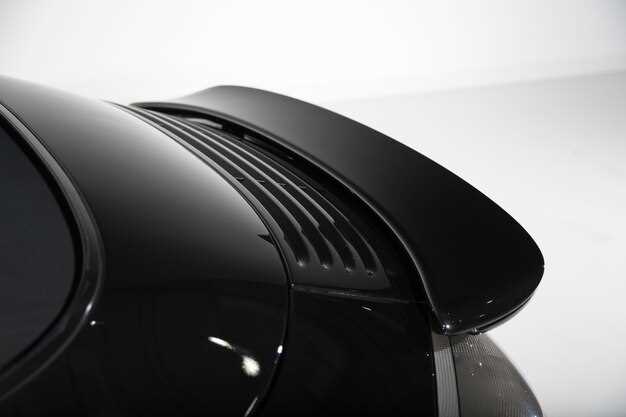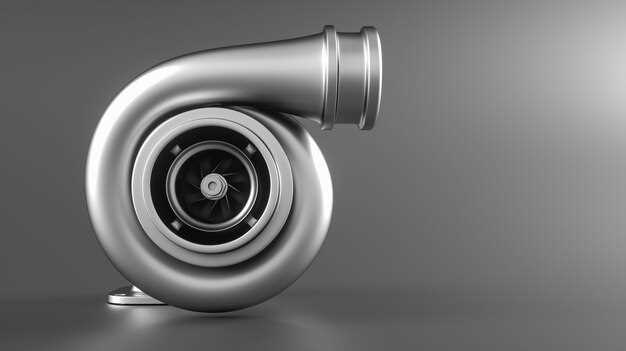
Upgrading your vehicle’s air intake system is one of the most effective methods for enhancing throttle response. An optimized intake not only improves airflow but also maximizes the engine’s performance potential. With the right tuning, these modifications can transform your driving experience by delivering a more responsive accelerator and an overall increase in horsepower.
The air intake system plays a crucial role in the engine’s ability to breathe. When you increase the volume of clean, cold air entering the engine, you facilitate better combustion. This, in turn, leads to more power and quicker throttle response. Implementing high-performance air filters, intake manifolds, or complete cold air intake systems can significantly reduce restrictions and provide the engine the air supply it craves.
In addition to improving airflow, tuning your engine’s parameters is vital in conjunction with air intake upgrades. Proper tuning ensures that your engine’s fuel delivery and ignition timing are optimized for the newly increased airflow. Without this necessary adjustment, you may not realize the full benefits of your investment, and engine performance could even suffer. Thus, pairing intake upgrades with precise tuning is essential for achieving the best throttle response and overall driving experience.
Choosing the Right Air Intake System for Your Vehicle
Selecting the appropriate air intake system for your vehicle is crucial for enhancing performance and optimizing throttle response. A well-chosen air intake can significantly improve airflow, leading to increased power and efficiency. Here are key factors to consider when making your decision:
- Type of System:
- Cold Air Intakes: Designed to draw cooler air from outside the engine compartment, enhancing combustion efficiency and power.
- Short Ram Intakes: Positioned closer to the engine, these systems promote quicker throttle response but may draw in warmer air.
- Material Quality:
The materials used in the construction of the intake system can influence longevity and performance. Popular choices include:
- Aluminum: Lightweight and durable, offering excellent heat resistance.
- Plastic: Often used for OEM applications; lighter but may have limitations in heat management.
- Filter Design:
The air filter’s design directly affects airflow rates. Consider the following:
- Reusable Filters: Typically made of cotton or foam, these filters offer better performance and can be cleaned and reused.
- Paper Filters: Common but less efficient; designed for single-use with lower airflow potential.
- Installation Process:
Assess whether you will install the system yourself or seek professional assistance. Many air intake systems come with comprehensive instructions aimed at facilitating a straightforward installation.
- Tuning Requirements:
Some upgrades may necessitate tuning to achieve optimal performance gains. Factor in whether you need to adjust your engine’s ECU settings after installation.
By carefully evaluating these components, you can select an air intake system tailored to your vehicle’s specific tuning needs, ultimately enhancing power and improving throttle response.
How Airflow Improvements Impact Engine Performance

Enhancing airflow is crucial for optimizing engine performance, particularly when it comes to tuning the intake system. The engine’s ability to breathe directly influences its efficiency, power output, and throttle response. By upgrading the air intake components, such as air filters and intake manifolds, we allow a greater volume of air to enter the combustion chamber, thus improving combustion processes.
When the intake system is modified to facilitate smoother and more efficient airflow, it reduces restrictions. This results in a faster and more responsive throttle, meaning the engine can accelerate more quickly under load. An optimized intake facilitates the correct air-fuel mixture, which plays a pivotal role in maximizing power and fuel efficiency.
Furthermore, improved airflow helps in reducing engine temperatures. With a cooler intake charge, the engine operates more efficiently, as cooler air is denser and contains more oxygen. This is particularly noticeable in forced induction setups, where the efficiency of the intake system can significantly impact overall performance. By ensuring that the engine is receiving a consistent and ample supply of air, modifications can lead to substantial performance gains.
In summary, upgrading airflow through tuning the intake system is essential for enhancing engine performance. Improved airflow directly translates to better throttle response, increased power, and overall efficiency, making it a fundamental consideration for any performance-focused automotive project.
Tuning Your Engine for Maximum Throttle Response

To achieve optimal throttle response, engine tuning is essential. Proper tuning allows your engine to harness maximum power by ensuring that the air intake system functions efficiently. Enhancements to the air intake can significantly improve the volume and velocity of airflow, leading to a quicker throttle response.
Begin by examining your current air intake setup. Upgrading to a high-performance air filter or a cold air intake can increase the amount of air entering the engine. This improvement not only boosts power but also enhances the engine’s ability to respond swiftly to throttle inputs. When the engine receives more air, it can burn fuel more effectively, leading to a more responsive driving experience.
Next, consider adjusting the engine management system through tuning software or chips. These tools enable you to optimize fuel maps and ignition timing, which are crucial for maximizing throttle response. By fine-tuning these parameters, you allow the engine to react instantly when you press the accelerator, ultimately enhancing performance.
Additional modifications, such as installing larger throttle bodies or performance headers, can further complement your tuning efforts. These upgrades improve airflow dynamics within the engine, resulting in increased power and responsiveness. Every component in the air intake and exhaust systems plays a role in how quickly and effectively your engine can react to throttle inputs.
Finally, remember that continuous tuning and testing are vital for achieving and maintaining maximum throttle response. Regularly monitoring air-fuel ratios and engine performance will ensure that your modifications are providing the desired results. With thoughtful tuning and quality air intake upgrades, your engine will deliver unmatched power and responsiveness on demand.





